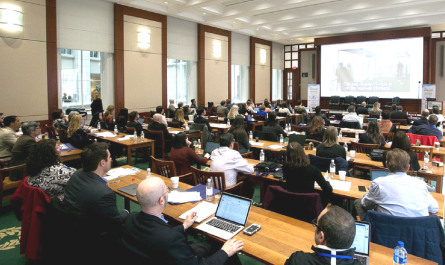Decoding Gen Z’s Value Codes in Modern India
Value Isn’t About the Price Tag — It’s About the Vibe
By InQognito Insights | Presented at Qual360 APAC 2025
Executive Summary
For India’s Gen Z, value is no longer about rupees or discounts — it’s about vibes.
Born between 1997 – 2012, this cohort defines worth through identity, emotion, and authenticity.
They buy what mirrors their humour, chaos, and tribe — not what shouts “X% extra.”
This whitepaper distils findings from immersive qualitative and semiotic research that decoded how Gen Z interprets “value.” It outlines the new Value = Vibes equation and a practical playbook for brands seeking cultural fluency with this expressive generation.
Wherever Gen Z shops, they seek brands fluent in cultural shorthand, not corporate speak.
For India’s Gen Z, value is not what’s printed on a price tag but what resonates in the gut. Born into a culture of reels, remixes, and relentless choice, they evaluate worth through emotion, aesthetics, and identity rather than affordability alone. They are digital natives who remix culture in real time—communicating in memes, Hinglish banter, and irony-laced humour.
With roughly 26 percent of India’s 1.46 billion population belonging to this cohort, brands can no longer define “value” in economic terms. The new equation is layered: Identity + Vibes + Aesthetics + Memories + Comfort. What a product feels like—its vibe, its aesthetic coherence, its ability to spark joy or belonging—matters more than functional benefit. A snack, a sneaker, or an app is valuable when it mirrors one’s tribe and personality, when it becomes part of a memory reel rather than a transaction.
Traditional value signals, however, have lost their power. “20 % Extra” or “Buy 2 Get 1” often trigger scepticism and what participants dubbed scam vibes. As one respondent put it, “20 % extra = more air, less chips = emotional damage.” Gen Z’s humour exposes their deeper demand for honesty. They can instantly detect when a brand’s tone feels forced or manipulative. Instead, what resonates is self-aware authenticity—brands that admit the chaos, joke about their flaws, and sound like a friend saying “Gotchu” rather than a salesman shouting “Offer valid till midnight.” Value is created not through discount arithmetic but through emotional transparency and cultural fluency. Communication that moves—chaotic, meme-able, peer-toned—is far more effective than communication that preaches. In Gen Z’s world, scroll-stop visuals, slang, and inside jokes are currency; “parent-zone” ads are instant scroll-bys
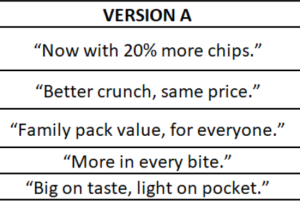
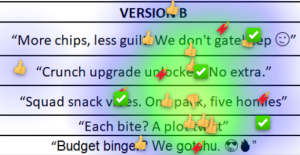
Lay’s India captured this transformation perfectly. Marketing Director Saumya Rathor calls Gen Z the “Labubus of the modern world—cute but monstrous,” a generation both judged and judgmental, positive yet perpetually dramatic.
Lay’s flipped its traditional lines – Humour replaced hard sell; chaos replaced convention. The research reinforced five truths: humour humanizes; imperfection breeds trust; emotional honesty outperforms polish; consistent vibe builds equity; and co-creation—through duets, polls, or meme challenges—turns consumers into cultural partners. The brand that feels like part of the squad wins over the brand that talks from a podium.
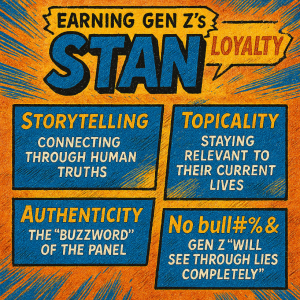
Ultimately, “value” for Gen Z is an emotion wrapped in aesthetics. Their humour is not trivial—it’s a coping language for uncertainty and identity flux. Memes are modern mantras that convert anxiety into laughter and belonging. To connect, marketers must reframe value metrics from price elasticity to vibe elasticity: how fluidly a brand matches Gen Z’s emotional frequency.
Design for the scroll, measure cultural fit through meme adoption and share velocity, and lead with empathy instead of persuasion. Whether in snacks, fashion, fintech, or ed-tech, the rule is consistent—talk their talk, feel their feels, show their chaos.
As India moves toward 2030, value will be measured not by rupees saved but by seconds of emotional connection earned. The brands that decode this truth will not just capture share of wallet; they will own share of culture. Because for Gen Z, the ultimate question isn’t “How much does it cost?” but “Does it vibe with me?”
For India’s Gen Z, value is not a number; it’s a narrative.
They buy what mirrors their energy — authentic, dramatic, funny, and socially alive.
Brands that decode these codes shift from selling to belonging — earning share of culture, not just share of wallet.
References
- BCG (2024). Gen Z in India: Decoding the Next Billion Consumers.
- InQognito Insights (2025). Qual 360 Workshop: Gen Z Value Codes.
- Rathor, S. (2025). ET BrandEquity Interview, PepsiCo India.
🌍Last chance to join MRMW MENA 2025 in Dubai!
At MRMW MENA, you will hear from research experts and senior leaders from Mondelez International, Mashreq Bank, Majid Al Futtaim, The Estée Lauder Companies Inc., Nestlé, Philip Morris International and more.
📅Join us on 26–27 November 2025 in Dubai to gain practical MR strategies, bold industry perspectives, and future-ready insights.
Gain the tools you need to drive professional growth, fuel MR and CX innovation, and stay ahead in one of the world’s most dynamic markets.
Secure your place today and turn global ambition into local impact. Register here.









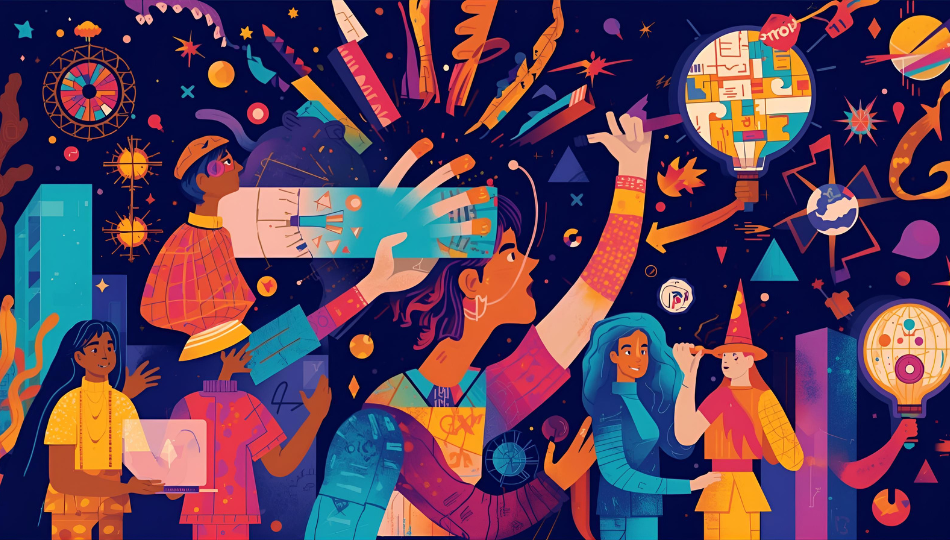
 by
by 


